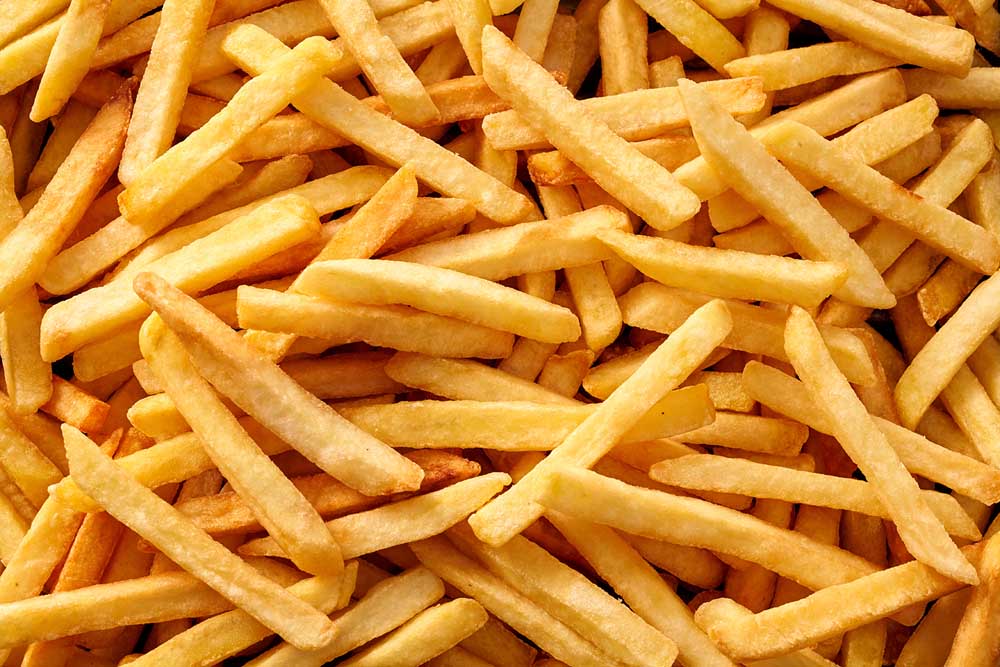UI Parma study looks at right-sizing potatoes for processing
Published 8:00 am Tuesday, August 13, 2024

- Researchers in Idaho are studying how to achieve the ideal potato size for processing into french fries.
Bigger than a baseball but much smaller than a football, the perfect potato for fry processing is grown to a size that maximizes efficiency on the line.
“Some of the newer varieties the processing industry is using have very low tuber set and very few tubers under each plant,” said Mike Thornton, plant sciences professor at the University of Idaho Parma Research and Extension Center. This leads to large tubers “beyond the optimum for making french fries.”
The Caribou Russet from Maine and the Dakota Russet from North Dakota are examples, as are Shepody and Teton Russet varieties commonly grown in the Northwest. The four varieties are the subject of a trial that began this spring at UI Parma, funded by the Northwest Potato Research Consortium.
“We’ve been doing similar things with red- and yellow-skin varieties the last two years” in the fresh-potato category, Thornton said.
While varieties featured in the processing-focused project can get too big — causing processors to lose efficiencies and growers to miss out on the best price — these potatoes get big enough to harvest early, “which is good if you want to start running the plant in August,” he said.
Ideally, “we can make them even better if we have a smaller tuber size profile,” Thornton said. “We’re taking a variety that is filling a niche for the industry and hopefully making it even better.”
The study’s main question centers on how the varieties respond to growth regulator gibberellic acid, which is applied uniformly. Caribou and Dakota russets are responding well — producing more stems and more tubers on each plant, and promising better size profiles at harvest, he said. Teton Russet is responding the least based on stem number.
Ideally, the findings will help farmers who want to grow these varieties to establish and target gibberellic acid application ranges.
Vine kill timing is another method to control tuber size. Close-together planting also is an option but would raise seed costs, Thornton said.
Growers’ margins are traditionally thin and recently pressured by rising costs.
“Anything we can do to tweak that system to get a little bit better return makes you a more successful grower,” Thornton said.







